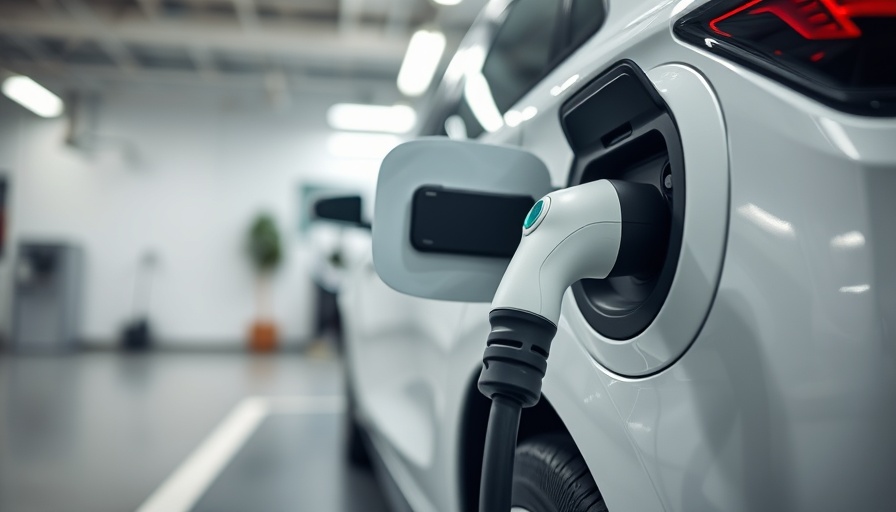
Understanding the Real Risks of Electric Vehicle Fires
The rise of electric vehicles (EVs) has transformed the automotive landscape, promising a greener future. However, this surge in popularity comes with concerns, particularly regarding the risk of battery fires. Despite what some headlines suggest, the reality behind these occurrences is often more nuanced than it seems.
Statistics That Speak Volumes
Electric vehicles have witnessed a remarkable growth trajectory, with over one million units sold in the U.S. in 2023 alone, marking a 56% increase from the previous year. Yet, they remain a small fraction, less than 2%, of all vehicles on the road. This rapid growth has led to increased scrutiny, especially with reports highlighting battery fires linked to EVs, often portraying them as inherently dangerous.
The Science of EV Fires: What You Need to Know
Not all EV fires originate from the vehicles themselves. According to certified firefighter Jack Bishop, an EV fire is primarily associated with its lithium-ion battery system. The most common incidents occur due to thermal runaway, a situation triggered by battery malfunctions, which can occur after a crash or when exposed to extreme conditions like floods or salt. Understanding this mechanism sheds light on why the majority of EV fires are not due to battery flaws alone, but rather external impacts.
Revisiting Misconceptions
The narrative surrounding EV fires often neglects to mention that traditional combustion engine vehicles also have risks associated with fuel leaks and other fire hazards. For instance, a 2020 NTSB report pointed out that the likelihood of fire for gasoline vehicles during and after accidents remains significant. Yet, these incidents hardly receive the same level of media attention. Hence, it is crucial to compare risks accurately to gain a comprehensive understanding of vehicle safety.
The Future of EV Safety
As battery technology evolves, so does the safety of electric vehicles. Manufacturers are actively working on improving battery design and management systems to mitigate the risk of thermal runaway. Additionally, strict safety standards in manufacturing are being enforced, ensuring that the benefits of EV technology continue to be realized without overshadowing the safety aspects.
Why This Knowledge Matters
For consumers contemplating the switch to electric vehicles, understanding the real risks associated with battery fires can empower better decision-making. Not only should prospective buyers weigh the environmental benefits of EVs, but they should also consider the safety records and advancements of manufacturers.
In conclusion, while it's essential to remain informed about potential risks, it's equally important to recognize that electric vehicles are becoming safer each year. By fostering a balanced perspective, consumers can make knowledgeable choices in their journey toward sustainable transportation.
 Add Row
Add Row  Add
Add 




Write A Comment